Homemade umeshu should not spoil if you bottle and store it correctly.
However, if the disinfecting and bottling steps were not done well, the umeshu could grow mold or undergo fermentation.
If your homemade umeshu smells or looks strange, read on to troubleshoot what might’ve gone wrong.
Learn More: Do Plum Wine Products Expire?
Help! My Umeshu Smells Like Vinegar!
If your bottle of umeshu has a harsh, acidic smell, it might no longer be umeshu.
When liquor spoils, it essentially turns into vinegar through the process of fermentation.
Homemade umeshu is made with 35% ABV liquor, which eventually decreases to around 20% ABV as it sits in the bottle and mixes with the ume fruits and sugar.
At this ABV level, it is impossible for fermentation to occur.
Still, alcohol evaporates easily. If you leave the umeshu bottle open for too long before sealing it,
or if the seal has too many gaps where air can leak through, the ABV of the mixture can decrease even more.
This leaves the mixture vulnerable to fermentation.
You might be wondering now, “So my umeshu has turned to vinegar. What can I do with it?”
Vinegar that comes from spoiled umeshu is not properly made for human consumption, so we recommend discarding it.
Is That White Stuff… Mold?
Mold is the bane of all foods, and unfortunately, umeshu is not immune to it.
If you’ve bottled and stored your umeshu the right way, but checked up on your umeshu a month later only to reel at the sight of a flurry of white particles– Don’t panic yet!
Look closely at where the particles are. It is normal for homemade umeshu to take on a cloudy appearance, because after all, umeshu is made from fibrous fruits! Small opaque or white pieces of the fruit may float around or settle at the bottom of the bottle, but that is not a sign of spoilage.
But If there’s tons of white stuff on the surface of the liquid, then unfortunately, it’s probably mold.
Unlike bacteria, mold needs oxygen to grow. It pops up in places where it can access both nutrients (from the contents of the umeshu) and air in the form of white-green specks or a film.
One more place to check is on the surface of the ume fruits themselves.
Ume fruits may float or sink depending on their density. The floating ones are vulnerable to growing white or blue-colored mold on the surfaces that come into contact with air.
The Foolproof Mold Test
If you’re still unsure whether the debris in your umeshu are mold particles, there is one test that you can try.
First, disinfect a separate container or bottle.
Next, completely dissolve a teaspoon of potato starch and sugar in water, and put the mixture into the container.
After that, fish out a sample of what you suspect to be mold from the umeshu bottle, and put that into the container with the starch and sugar mixture. Then seal the container and wait.
If the particles are indeed mold, the mold should spread rapidly inside the container.
CHOYA PRODUCTS
CHOYA
CHOYA
CHOYA
CHOYA
CHOYA
CHOYA
CHOYA
CHOYA
CHOYA

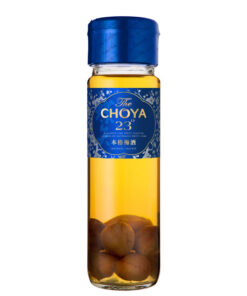
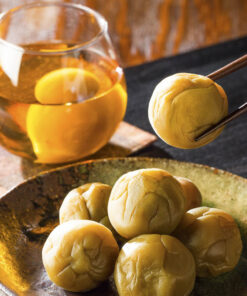
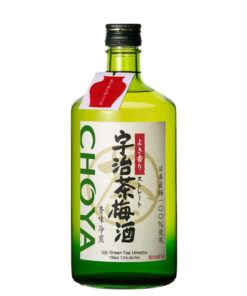
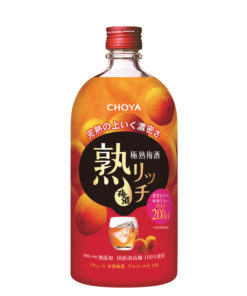
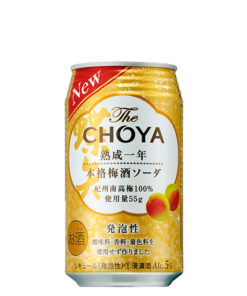
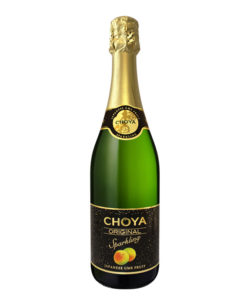
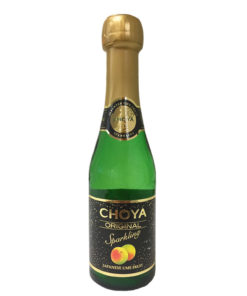
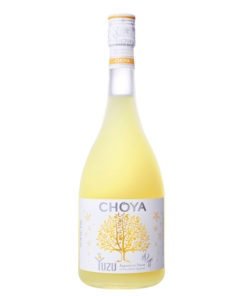
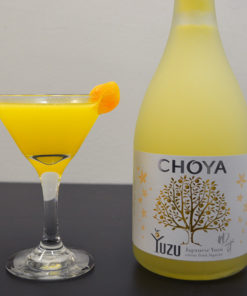
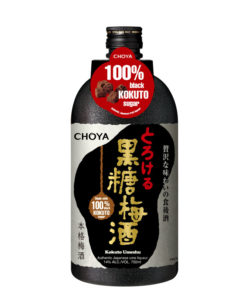
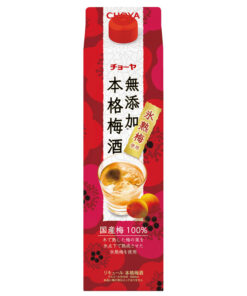
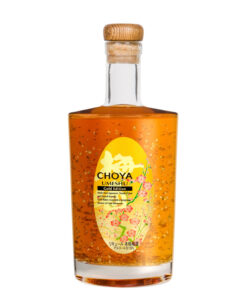
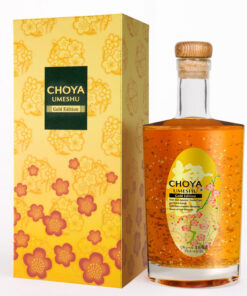
RECOMMENDED ARTICLES
SAKE & FOOD PAIRING
Pairing SAKE with Chocolate?
Information Pick Up SAKE
CHOYA’s Gold Edition Umeshu has Finally Arrived in Canada!
SAKE & RESTAURANT
Guu Davie
Sake article kanpai!
Sake Fest Vancouver 2017